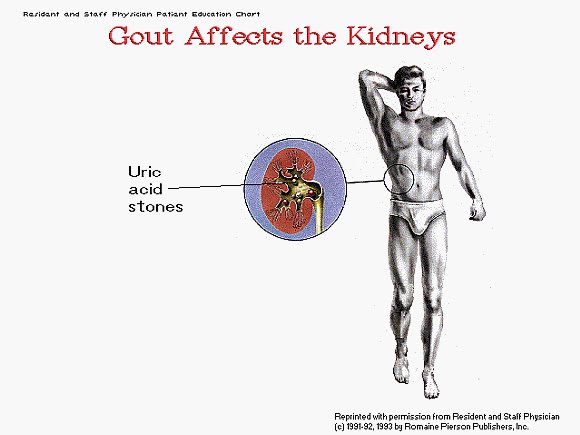What is Raynaud's Phenomenon?
------------------------------------------------------------------------------
QUESTION: My sister has a strange problem in which her fingers sometimes turn
blue. She says its called Raynaud's Phenomenon. She's gone to a doctor, who
has prescribed medication, but she doesn't seem to do anything else to help
stop these weird attacks. I know her doctor told her that to a large extent
she can help herself prevent some of the attacks. What can I encourage her to
do and not to do? Could you please explain what Raynaud's Phenomenon is?
------------------------------------------------------------------------------
ANSWER: Raynaud's Phenomenon is usually brought on by exposure to cold or
emotional stress. The typical patient is female, between the ages of 15 and
50 years old. An attack usually begins with one finger becoming very cold and
sensitive. It may progress to the entire hand and even the other hand. At
first the involved fingers may turn red, then blue. This results from an
abnormal narrowing of the arteries and arterioles in the fingers. As a
response to the cold stimulus, they are undergoing "vasospasm ", contracting
in a manner which diminishes the normal blood flow to the tissue.
Raynaud's Disease may be differentiated from secondary Raynaud Phenomenon
by affecting both sides of the body, being symptomatic for two years without
becoming worse, and showing no evidences of underlying causes.
Raynaud Phenomenon is often associated with other problems, so it is
imperative that the patient get a thorough examination. Smoking may
contribute to the symptoms, as may certain drugs or chemicals to which the
patient has been exposed.
Diseases such as arthritis, systemic lupus erythematosus or scleroderma
may be associated with this problem. In fact, any problem that affects the
body's connective tissues, blood vessels, skin, tendons, joints and other
tissue may lead to a greater incidence of Raynaud's Phenomenon.
In addition to medication, there are a lot of precautions your sister can
take to limit her Raynaud's attacks. If she is a smoker, she must quit.
Smoking is a contributing factor in this problem because it tends to narrow
blood vessels. In her case, she is already suffering from an abnormal and
exaggerated response to stimulation which narrows blood vessels, and to
continue the habit is to ask for the problems and complications that far
outweigh any possible satisfaction gained from smoking.
Raynaud's patients should avoid drugs that cause blood vessels to narrow.
Included on this list are birth control pills, some heart, blood, and migraine
headache drugs. Above all, Raynaud's patients should keep warm. Extra
precautions include keeping all rooms in their homes warm at all times, using
electric or thermal blankets or a heated water bed.
Whenever removing food from a freezer, use potholders or hand mitts.
Wash dishes and vegetables in tepid or warm water. Wear gloves or mittens
even on short trips out of doors, such as going to the mailbox. The best way
to always remember the gloves is to have an extra pair near the door.
When going out in cold weather, wear layered clothing. In addition to
keeping the hands covered, make sure the wrists are covered and kept warm.
And when taking walks, stay on the sunny side of the street.
----------------
The material contained here is "FOR INFORMATION ONLY" and should not replace
the counsel and advice of your personal physician. Promptly consulting your
doctor is the best path to a quick and successful resolution of any medical
problem.

















































































